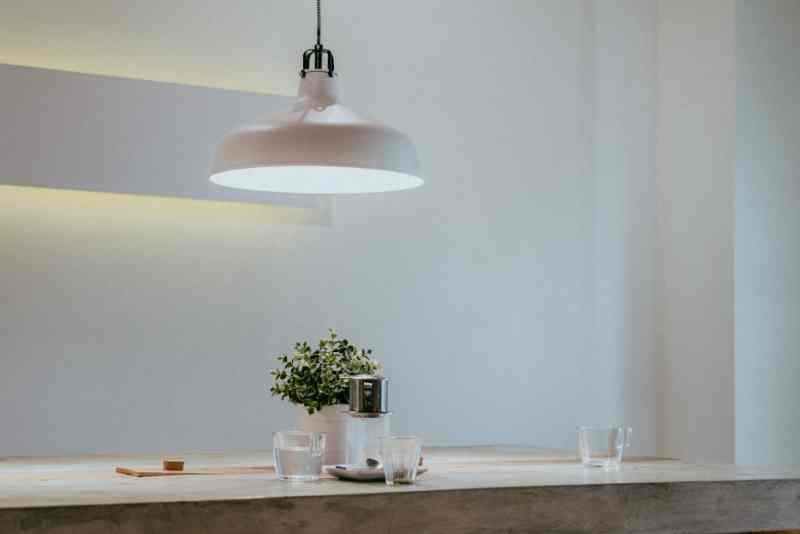It seems that regions that hold prominence in business and commerce also bear the burden of paying the exorbitant rates to occupy the buildings that reside there and it is this contributor that often leads businesses to settle for smaller office spaces.
This trend draws consideration on how these businesses can get big results in a small office space as businesses want to maintain productivity and efficiency upon downsizing.
Elements such as furniture flexibility, materials, clutter, and the dynamic of communal areas can all contribute to maximising results in a smaller office space. Say goodbye to big spaces and hello to small office space ideas and how you can make the most out of your office space for the benefit of your business!
Materials
Dark colours, oversized rugs and heavy materials like marble can make a room appear cramped and smaller than it is. When used in compact areas, these elements can appear opulent and sophisticated from an aesthetic standpoint, but they can also feel claustrophobic.
Instead, use lighter materials such as wood and basic finishes to make the space feel airier as this will give the impression of a larger space.
Furthermore, expensive couches and huge desks take up too much space and make a tiny office feel claustrophobic.
Instead, introducing lighter, more comfortable furniture in common areas, fixtures such as multipurpose chairs and mobile workstations to make the most of the small office space. The use of glass doors or walls to replace whiteboards is also a popular trend, as it frees up more space for other important fixtures and furnishings.
Lighting

Employee productivity can be greatly influenced by lighting. Employees work better when they are in a better-illuminated room, according to studies, whereas gloomy spaces make them feel sluggish and lethargic. Take advantage of any opportunity to bring natural light into your office. Small areas with insufficient windows might seem claustrophobic. If natural light isn't an option, use downlighting instead of table or floor lights, which take up too much room.
Flexibility
Mitigating the use of restrictive rooms with clearly defined functions and introducing a new era of flexibility in your office architecture will help a great deal. While using folding or sliding furniture is an excellent method to add flexibility to your office space, a better approach to do so is through smart space planning that allows you to change the space as needed. Instead of erecting projection screens, for example, walls might be used to display presentations. Innovative separators that also serve as a bulletin board can assist create shared but still private workspaces for employees while also adding value. Meeting or conference rooms can also be built to accommodate a variety of meeting sizes. Having distinct screens that can be used to separate a large meeting room into smaller meeting rooms is a smart approach to save money and make use of the underused space in the room.
Common areas

When you're working in a small office, every square foot counts. Ensure that communal areas are well-used and that they are suitable for work. Meeting rooms and lunch rooms should be adaptable enough to be used for work in the event that employees feel the need to get out of their cramped cubicles. Eating areas can be used as impromptu gathering spots for fast brainstorming sessions. Ensure that, despite the presence of distinct areas in your business, each space is adaptable and can be altered to serve a different purpose.
Zero clutter tolerance

Go on a ‘purge’ of your office space and get rid of any unneeded furniture or equipment. When there is clutter in a small place, it can appear crowded, resulting in a decrease in employee productivity. To make your office feel less crowded, use intelligent storage solutions and smart devices to sort through complicated wiring. It's also a good idea to use a cloud service to store your data rather than keeping a paper trail that takes up physical space. Also, instill in your employees that there is no tolerance to clutter and that they should maintain a clean workstation at all times. High levels of cleanliness and organisation will be reflected in the work ethic of your employees and in turn warrant results for your organisation.
Ultimately, these small office spaces are becoming the new solutions for emerging businesses in an attempt to cut as many costs as possible.
Introducing materials that don’t diminish space, lighting that says goodbye to gloomy rooms, flexible furniture ideas, and a zero clutter tolerance strategy will all contribute to not only a more cleaner and productive environment but a more enjoyable one. What are you waiting for? Try introducing these solutions into your office space today and let the results speak for themselves!
